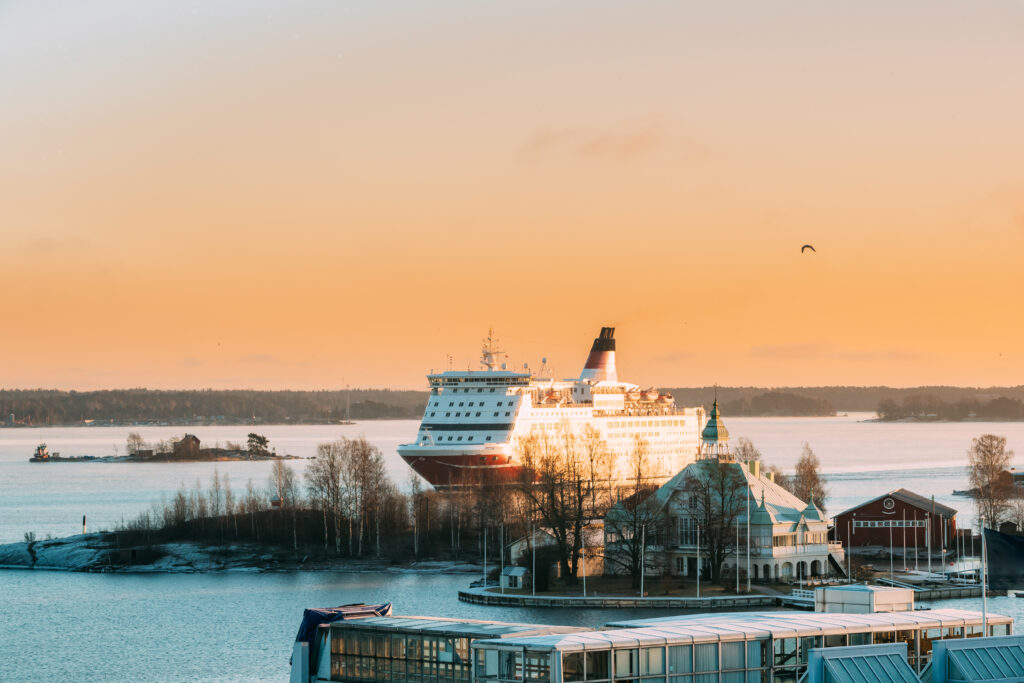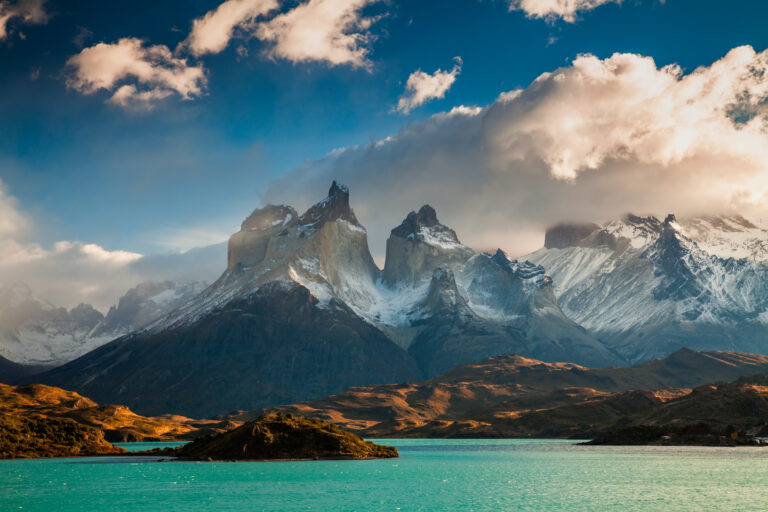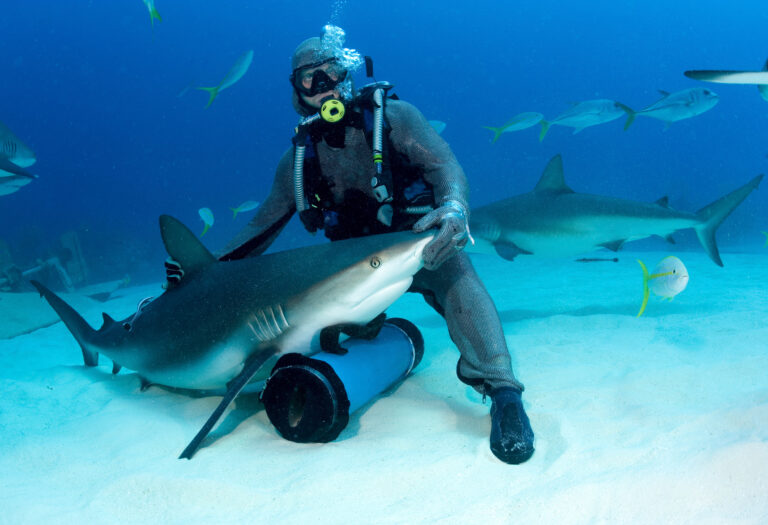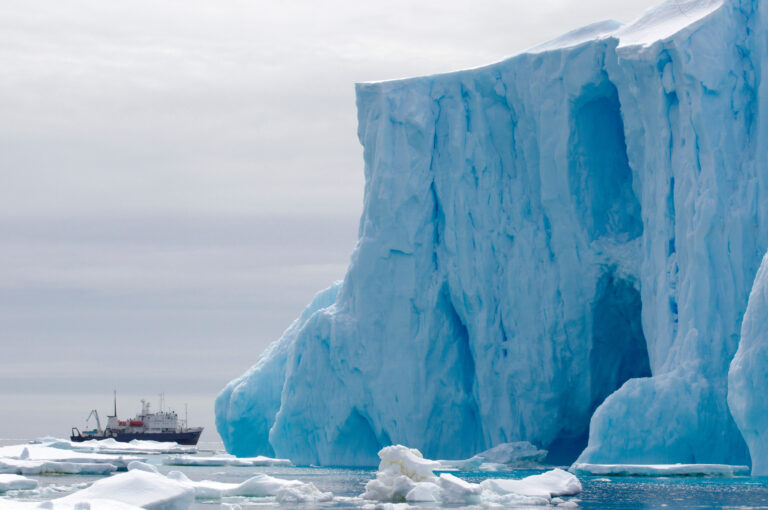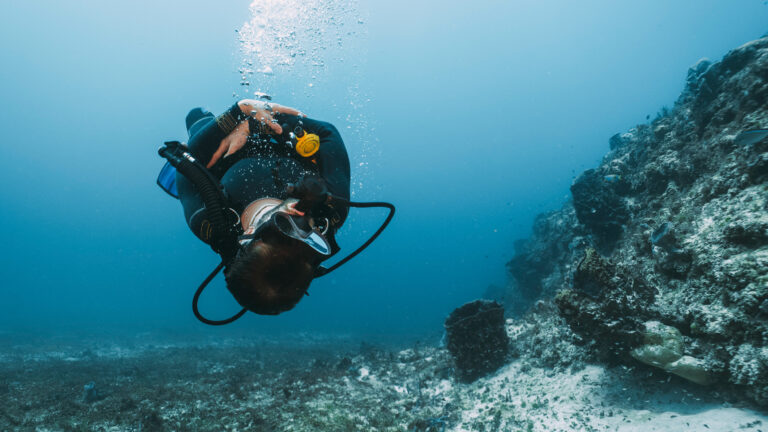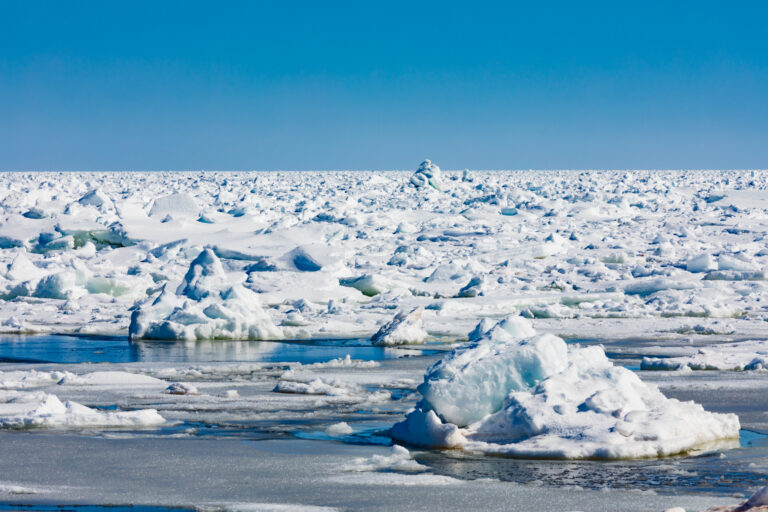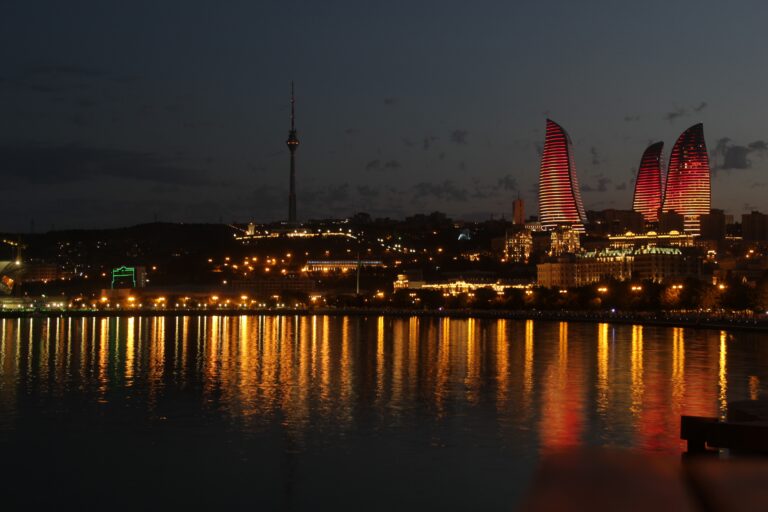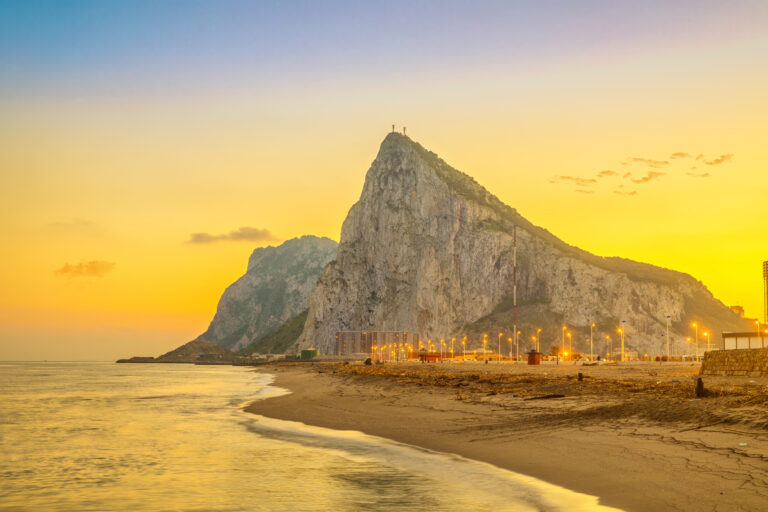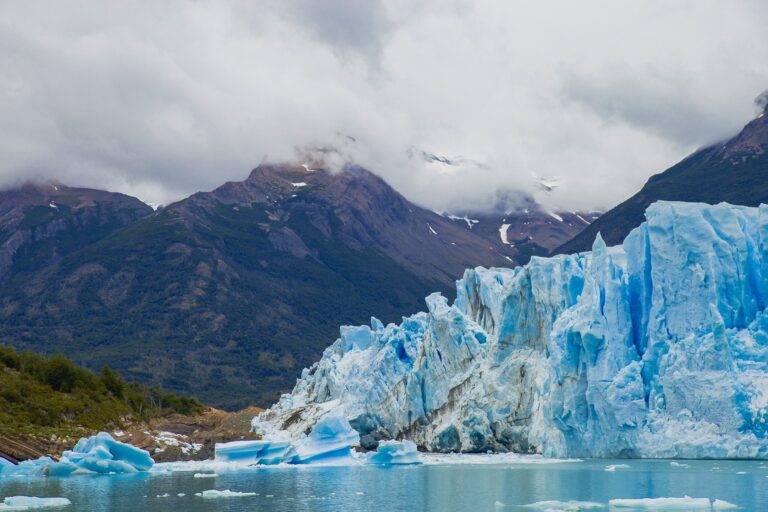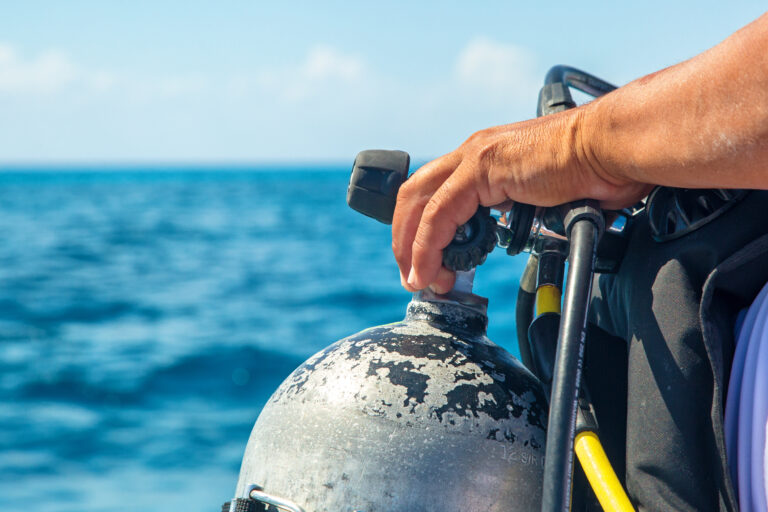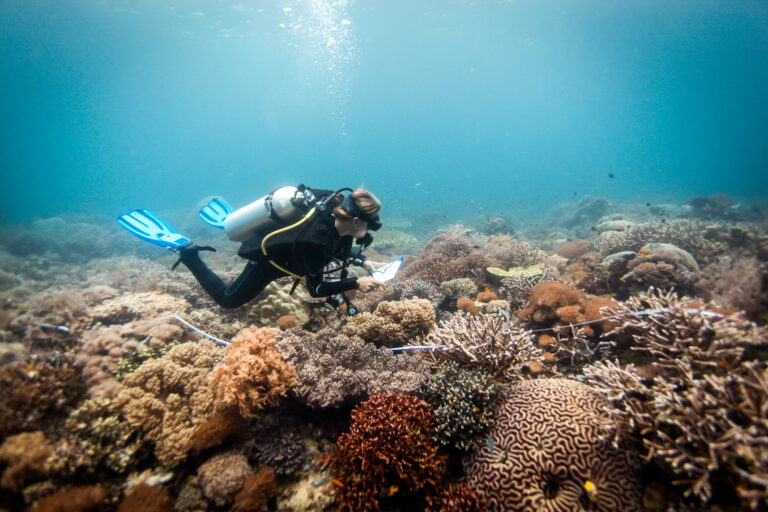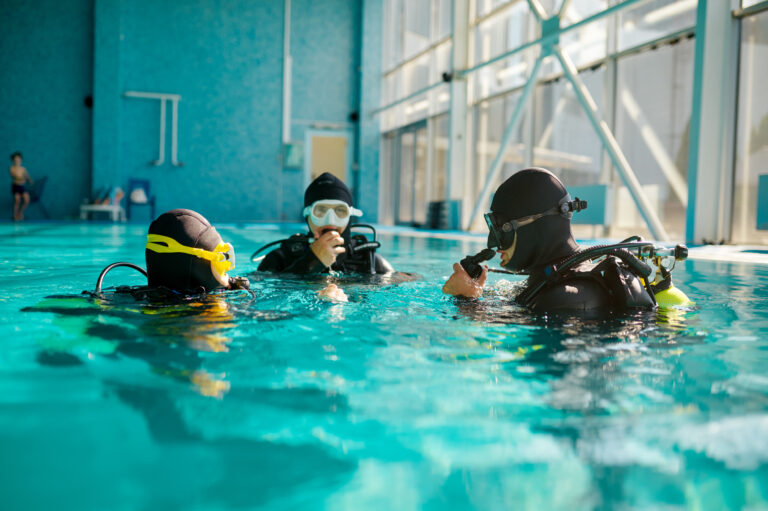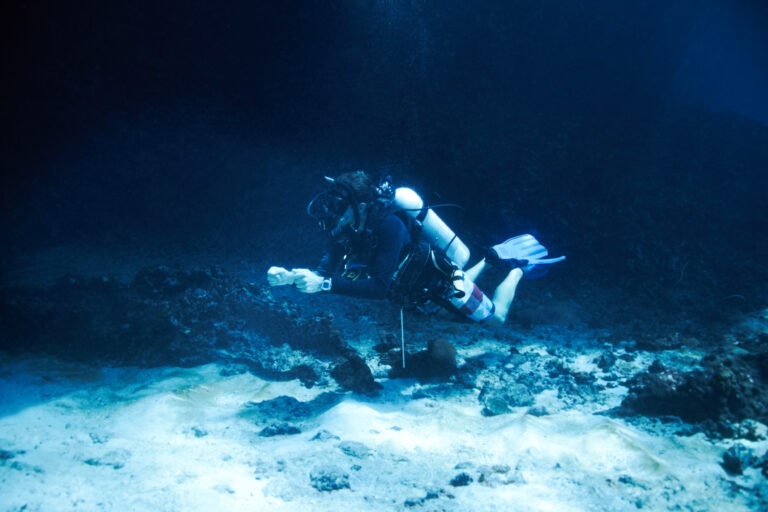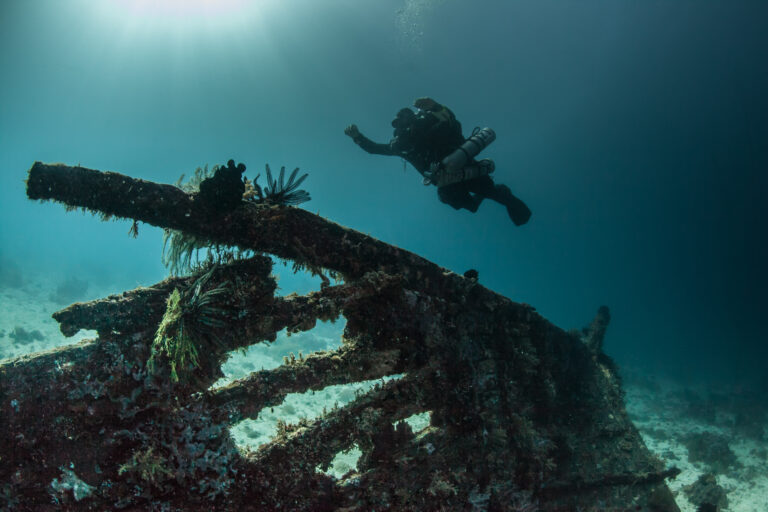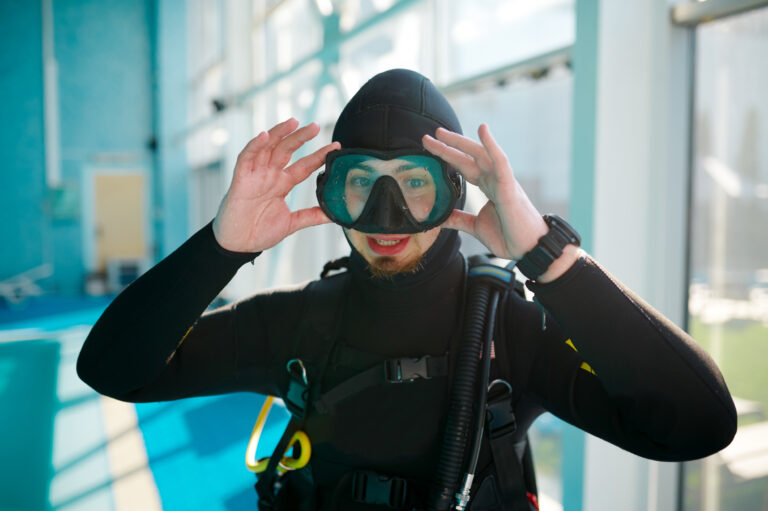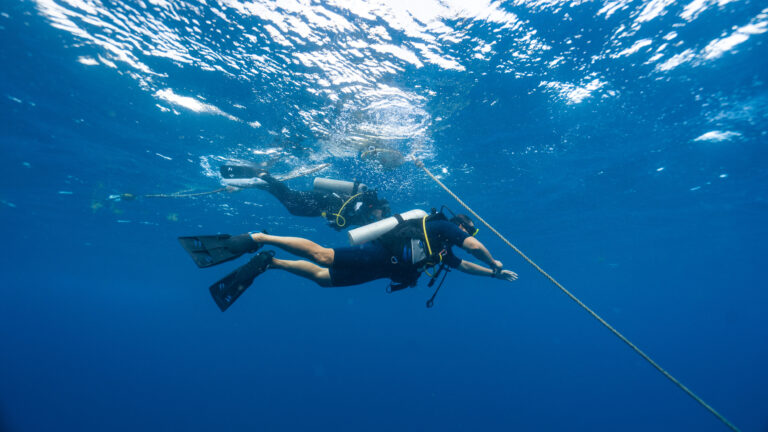SCUBA DIVERS’ TRAVEL GUIDE TO Finland
Finland is a land of contrasts, where the endless summer days give way to the dark and cold winter nights. But for scuba divers, Finland offers a unique opportunity to explore the underwater wonders of the Baltic Sea and the countless lakes and rivers that dot the country. Whether you are looking for historical shipwrecks, colorful marine life, or stunning underwater landscapes, Finland has something for everyone.
The Baltic Sea is home to some of the best-preserved wrecks in the world, thanks to the low salinity and temperature of the water. You can dive into history and see wooden vessels from centuries ago, as well as modern cargo ships and warships that met their fate in these treacherous waters. Some of the most famous wrecks include the Kronprins Gustav Adolf, a Swedish man-o-war that sank in 1788, the Hindenburg, a German icebreaker that hit a mine in 1918, and the Nederland, a Dutch river barge that sank in 1917.
If you prefer natural beauty, Finland has plenty of it. The lakes and rivers offer crystal clear visibility and a variety of freshwater fish, plants, and invertebrates. You can also find caves, canyons, and rock formations that create fascinating underwater scenery. Some of the most popular diving spots include Lake Saimaa, Lake Päijänne, and Lake Inari. You can even dive under the ice in winter, if you are brave enough!
Finland is a scuba diving destination that will surprise and delight you with its diversity and charm. Come and discover why Finland is called the land of a thousand lakes – and a thousand dives!
LOCATION AND GEOGRAPHY
Finland, a Nordic country in Northern Europe, is not typically renowned for its scuba diving, yet it offers a unique underwater experience for those willing to brave its cooler waters. Bordered by Sweden to the west, Norway to the north, and Russia to the east, Finland is defined by its extensive Baltic Sea coastline to the south, which is dotted with an archipelago of over 40,000 islands, creating a myriad of diving opportunities. The Finnish landscape is also peppered with tens of thousands of lakes, including the vast Saimaa lake system. The geography of Finland’s underwater environments ranges from freshwater lake dives, where divers can explore submerged forests and encounter endemic species like the Saimaa ringed seal, to the brackish waters of the Baltic Sea with its well-preserved shipwrecks, due to the low salinity and cold temperatures that slow down decay. The long daylight hours of the Finnish summer provide ample time for exploration, while the winter months offer the adventurous the unique possibility of ice diving, a testament to the country’s diverse and seasonally variable diving experiences.
VISA AND ENTRY REQUIREMENTS
Before embarking on a scuba diving adventure in Finland’s crystal-clear waters, it is essential to understand the visa and entry requirements for the country. Finland is a member of the European Union and part of the Schengen Area, which means that EU/EEA citizens can enter using a valid identity card or passport and stay without a visa for an unlimited period. Non-EU/EEA visitors typically require a passport valid for at least three months beyond their planned departure date from the Schengen Area. Many countries, including the United States, Canada, Australia, and Japan, are granted visa-free entry for stays up to 90 days within a 180-day period. However, if you are not from a visa-exempt country or plan to stay longer, you will need to apply for a Schengen visa. Always check the latest information from the Finnish embassy or consulate in your home country, as visa policies can change and may vary depending on your nationality, the purpose of your visit, and the length of your stay. Remember to also consider any transit visa requirements if you are traveling through other countries on your way to Finland.
GETTING TO Finland
Getting to Finland for an unforgettable scuba diving adventure is a straightforward endeavor, thanks to its well-connected transportation infrastructure. The country is served by several international airports, with Helsinki-Vantaa Airport being the largest and most accessible for international travelers. Direct flights are available from major cities across Europe, North America, and Asia. Once you land, domestic flights, trains, and buses can transport you to various regions known for their diving spots, such as the Åland Islands or the Archipelago Sea. For those who prefer to drive, Finland’s roads are well-maintained and offer scenic routes to coastal areas. Additionally, visitors from nearby countries can opt for ferries that connect Finland with Sweden, Estonia, and Germany, providing a unique way to arrive with direct access to some of the best diving locations along the Finnish coastline. Whether you’re arriving by air, land, or sea, Finland’s diverse and enchanting underwater landscapes await.
BEST TIME TO DIVE
The best time to scuba dive in Finland is during the summer months, from late May to early September, when the water temperatures are more comfortable, ranging from 10°C to 17°C (50°F to 63°F). During this period, the long daylight hours under the Midnight Sun provide ample opportunity for extended dive times and the chance to witness the vibrant underwater life in clearer conditions. Visibility can reach up to 20 meters in some places, particularly in the brackish waters of the Baltic Sea. While winter diving is also possible, it is typically reserved for the more adventurous and experienced divers due to the freezing temperatures, the need for dry suits, and the potential for ice diving. Regardless of the season, Finland’s underwater world, with its intriguing wrecks and unique marine ecosystems, offers a distinctive diving experience that is rich in both natural beauty and historical intrigue.
ACCOMMODATION OPTIONS
In the land of a thousand lakes and a rugged coastline that kisses the Baltic Sea, Finland offers a unique scuba diving experience paired with a variety of accommodation options to suit every traveler’s needs. Whether you’re looking to immerse yourself in the tranquility of nature or prefer the convenience of city amenities, Finland has you covered. For those seeking a serene retreat, lakeside cottages and forest cabins provide peaceful havens, often complete with sauna facilities to warm up after a chilly dive. These traditional Finnish accommodations can be found near popular inland dive sites and offer a chance to enjoy the country’s natural beauty. Coastal towns near the Baltic Sea, such as Hanko and the Åland Islands, boast charming guesthouses and boutique hotels that cater to divers, providing gear storage and often arranging boat trips to local wrecks and reefs. For a more urban experience, cities like Helsinki present a range of options from luxury hotels to budget-friendly hostels, all within reach of dive shops and the capital’s intriguing underwater attractions. No matter where you choose to stay, you’ll find that Finnish hospitality and the allure of underwater exploration create a memorable scuba diving adventure.
DIVE OPERATORS AND DIVE SHOPS
In the land of a thousand lakes and a rugged coastline that kisses the Baltic Sea, Finland offers a unique scuba diving experience that is as enchanting as its midnight sun. Dive operators and shops in Finland are well-equipped to guide you through the country’s underwater treasures, from the freshwater lakes brimming with visibility that can exceed 20 meters, to the brackish waters of the Baltic Sea where old shipwrecks whisper tales of maritime history. Finnish dive shops, predominantly located in cities like Helsinki, Espoo, and Turku, provide not only equipment rentals and air fills but also ice diving courses for those looking to explore beneath the frozen surface. The dive operators are known for their professionalism and adherence to safety standards, ensuring that divers of all levels can confidently enjoy the subaquatic wonders of Finland, including the submerged forests, intriguing underwater rock formations, and the surprisingly diverse marine life that thrives in these northern waters. Whether you’re a seasoned cold-water diver or a curious beginner, the Finnish dive community is welcoming and eager to share the serene beauty of their underwater world.
TRANSPORTATION WITHIN Finland
In Finland, transportation options to reach your scuba diving destinations are efficient and varied, ensuring a smooth journey through the country’s stunning landscapes. Most divers arrive at Helsinki-Vantaa Airport, which is well-connected to the rest of the country via domestic flights, trains, and an extensive network of roads. For those looking to explore the Finnish coastline or the numerous inland lakes, renting a car is often the most convenient option, providing the freedom to visit remote dive sites at your own pace. Public transportation, including buses and trains, is reliable and can take you to major cities and towns near popular diving spots like the Archipelago Sea and Lake Päijänne. In the summer months, ferries operate between the mainland and the archipelago islands, offering a scenic route to some of the more secluded dive sites. Remember to plan ahead during winter, as some services may be limited, but rest assured that the well-maintained roads and public transport systems make year-round diving adventures possible in Finland.
CURRENCY AND PAYMENT METHODS
When traveling to Finland for a scuba diving adventure, it’s important to note that the official currency is the Euro (EUR). Credit and debit cards are widely accepted throughout the country, including at dive shops and resorts, making them a convenient payment method. However, it’s advisable to carry some cash for smaller purchases, such as at remote dive sites or local markets where electronic payments may not be an option. ATMs are readily available in cities and towns, but less so in secluded areas. It’s also worth checking with your bank about foreign transaction fees to avoid unexpected charges. While tipping is not customary in Finland, it is appreciated for exceptional service. Always ensure your travel insurance covers scuba diving activities, and consider purchasing any dive-related extras, like equipment rental or additional dive trips, in advance to streamline your payment process.
LANGUAGE AND COMMUNICATION
When diving in Finland, communication both above and below the surface is predominantly conducted in Finnish, the main language of the country. However, due to the international nature of scuba diving and Finland’s high proficiency in English, most dive operators and guides are also fluent in English, ensuring that non-Finnish speaking divers can dive comfortably. It’s beneficial to learn a few basic Finnish phrases for courtesy, such as “kiitos” (thank you) and “moi” (hello), which can enhance the cultural experience. Underwater, divers use the standard hand signals recognized internationally within the diving community to convey messages such as air supply, distress, and directional cues. It’s important to review these signals during your pre-dive briefing, as some hand gestures can vary in meaning across different cultures. Additionally, dive briefings will typically cover any site-specific signals you may need to know, ensuring clear and safe communication throughout your underwater adventure in Finland’s captivating waters.
LOCAL CULTURE AND ATTRACTIONS
Finland, often celebrated for its vast forests and numerous lakes, may not be the first destination that comes to mind for scuba diving, yet it offers a unique underwater experience that is deeply intertwined with its local culture and attractions. After a day spent exploring the surprisingly clear waters of the Baltic Sea or the country’s interior lakes, divers can immerse themselves in the Finnish way of life. The local culture is a blend of indigenous Sami traditions, Swedish influences, and a strong Finnish identity that celebrates sauna, sisu (a term that embodies Finnish resilience), and a deep connection with nature. On land, visitors can explore the vibrant cities like Helsinki with its Art Nouveau architecture, the historic Suomenlinna sea fortress, and the Löyly sauna complex, which offers a modern take on the traditional Finnish sauna experience. In smaller towns and rural areas, one can discover the charm of wooden churches, the folklore of the Kalevala epic, and the seasonal delights of Midsummer celebrations. Whether it’s the midnight sun in the summer or the ethereal dance of the Northern Lights in the winter, Finland’s natural attractions provide a stunning backdrop to a culturally rich and refreshingly different scuba diving adventure.
CULTURAL ETIQUETTE AND TIPS
When scuba diving in Finland, it’s important to embrace the local customs and respect the serene beauty of the underwater world that reflects the Finnish appreciation for nature. Finnish people are known for their sisu (a unique Finnish concept of stoic determination), and this can be seen in their approach to diving, which is often in cold and challenging conditions. Always greet your Finnish dive companions with a friendly “moi” (hello) and show punctuality, as timeliness is highly valued. When engaging with local dive operators, it’s courteous to show interest in their experiences with the Baltic Sea and its unique brackish waters. After a dive, it’s not uncommon to be invited to a sauna, which is a quintessential Finnish tradition; accept the invitation graciously, and remember that saunas are a place for relaxation and quiet conversation, often enjoyed without the inhibitions of swimwear. Be mindful of the environment, as Finns take pride in their clean waters and unspoiled landscapes; ensure you do not disturb marine life or leave any litter behind. Lastly, while Finns may initially appear reserved, they are generally warm and hospitable once you engage with them, so don’t hesitate to ask for local tips and stories that can enrich your diving experience in Finland.
LOCAL LAWS AND REGULATIONS RELEVANT TO TOURISTS
When planning a scuba diving trip to Finland, it is essential to acquaint yourself with the local laws and regulations to ensure a safe and lawful experience. Finland requires that all divers hold an appropriate certification from a recognized diving organization, and it is mandatory to dive with a buddy. Diving conditions can be challenging due to cold water temperatures, so proper cold-water gear and training are necessary. In Finland, many dive sites are located in areas that are protected for their natural or historical value, such as the submerged ruins of old mills or shipwrecks in the Baltic Sea. Access to these sites may require permits or be subject to specific rules, such as no-touch and no-take policies to preserve the underwater environment. Additionally, divers should be aware of the Everyman’s Right (Jokamiehenoikeudet), which allows public access to natural areas, but also comes with the responsibility to respect nature, private property, and other individuals. It is advisable to check with local dive shops or authorities for the most current information on diving regulations, restricted areas, and any seasonal considerations that may affect diving activities.
SAFETY TIPS AND EMERGENCY CONTACTS
When diving in Finland’s captivating waters, safety is paramount due to its unique conditions, including cold temperatures, limited visibility, and potential for strong currents. It is essential to wear appropriate thermal protection, such as a dry suit, and to be well-versed in its use. Divers should always check their equipment thoroughly, carry a reliable dive light, and use a buddy system to ensure constant companionship and assistance if needed. Familiarize yourself with local dive sites and their specific challenges by consulting with experienced local divers or dive centers. Always plan your dive and dive your plan, keeping a close eye on air consumption and no-decompression limits. In case of an emergency, it is crucial to know the contact information for the nearest hyperbaric chamber, which can be obtained from local dive operators. Additionally, keep the emergency number 112 at hand, which is the universal number for all emergency services in Finland, including coast guard and medical assistance. Remember to inform someone onshore of your dive plan and expected return time. By adhering to these safety measures and being prepared for emergencies, you can enjoy the underwater beauty of Finland with peace of mind.
HEALTH AND TRAVEL INSURANCE
When planning a scuba diving trip to Finland, it is crucial to consider health and travel insurance that covers diving-specific incidents. The Finnish waters offer a unique diving experience, from exploring submerged shipwrecks in the Åland Islands to the freshwater adventures in the lakes of the Finnish Lakeland region. However, the cold water and remote locations can pose additional risks. Ensure that your insurance policy includes coverage for hyperbaric treatment in case of decompression sickness, as well as medical evacuation, which can be costly in these remote areas. It’s also wise to check if your policy covers the cost of lost or damaged diving equipment. Since Finland has excellent healthcare facilities, you’ll want to make sure that your insurance is accepted by local providers. Always carry proof of your insurance and understand the process for filing a claim. Remember, while Finland’s underwater treasures are enchanting, your safety and peace of mind should be paramount.

